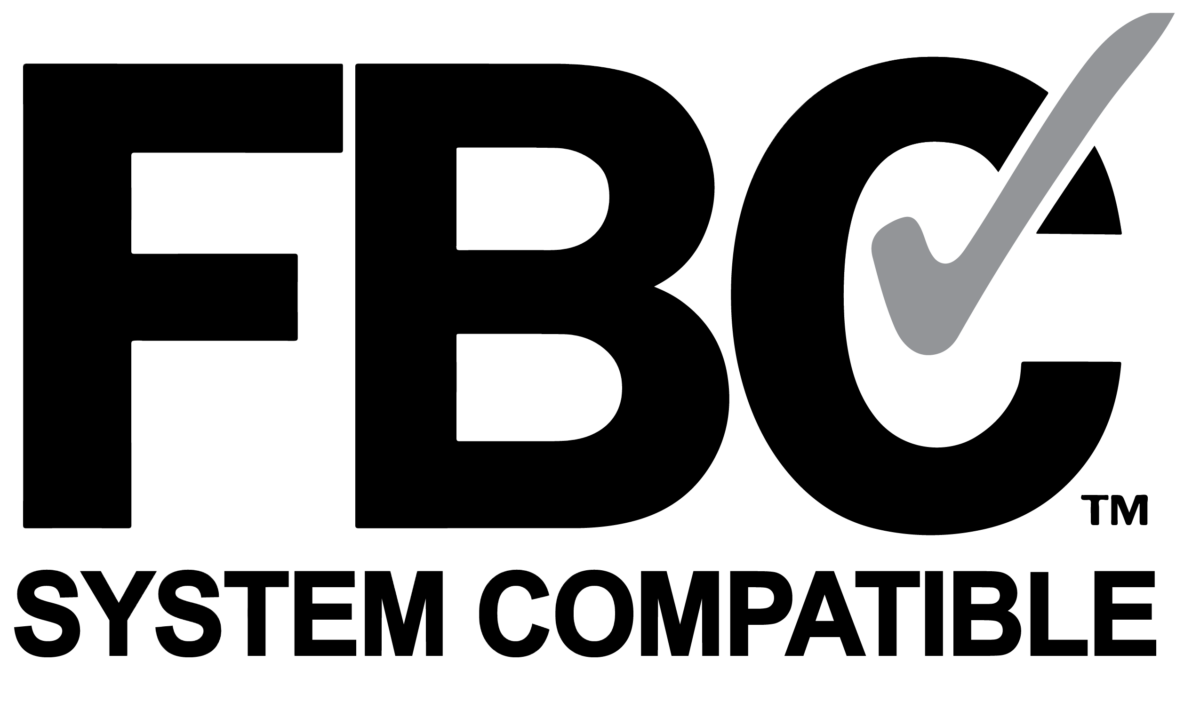
In the healthcare industry, seismic bracing ensures that HVAC, electrical, and sprinkler systems stay in place during earthquake activity. With hundreds or thousands of patients and staff under one roof, the risk of disaster increases with every broken pipe or fractured duct. While bracing for earthquakes is crucial to the safety of buildings, its primary function is to protect nonstructural systems and minimize operational disruptions.
Seismic bracing cable is an excellent nonstructural support option due to its easy installation and compliance with necessary industry standards. Seismic bracing is particularly useful in hospitals as it does not require a wide range of heavy equipment or a large crew. Moving hospital patients is difficult enough, but if you use rigid bracing for retrofit installations, the downtime and total costs will be enormous. In contrast, seismic bracing can be installed by only one crew member, as the cable is very easy to carry and can be quickly cut to the desired length for securing applications.
In addition to cost and installation time savings, seismic bracing cable helps maintain the functionality of critical systems during an earthquake. There are multiple examples of hospitals that have experienced significant damage to their infrastructure due to catastrophic earthquakes. Damage to essential systems can severely impact hospital operations and patient care. While bracing does not eliminate all damage, seismic bracing significantly improves infrastructure resilience and can withstand much stronger environmental forces than buildings without seismic bracing.
Our seismic bracing cable has been installed and used successfully in a wide range of hospital buildings across the globe. If you are interested in learning more about the applications that seismic bracing supports, you can check out our high-rise architecture page or our low-rise architecture page. Alternatively, visit our product page to explore our seismic bracing cable options.








